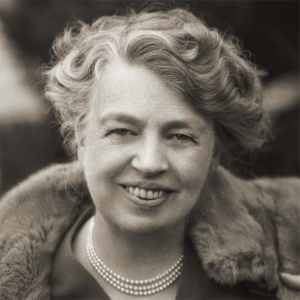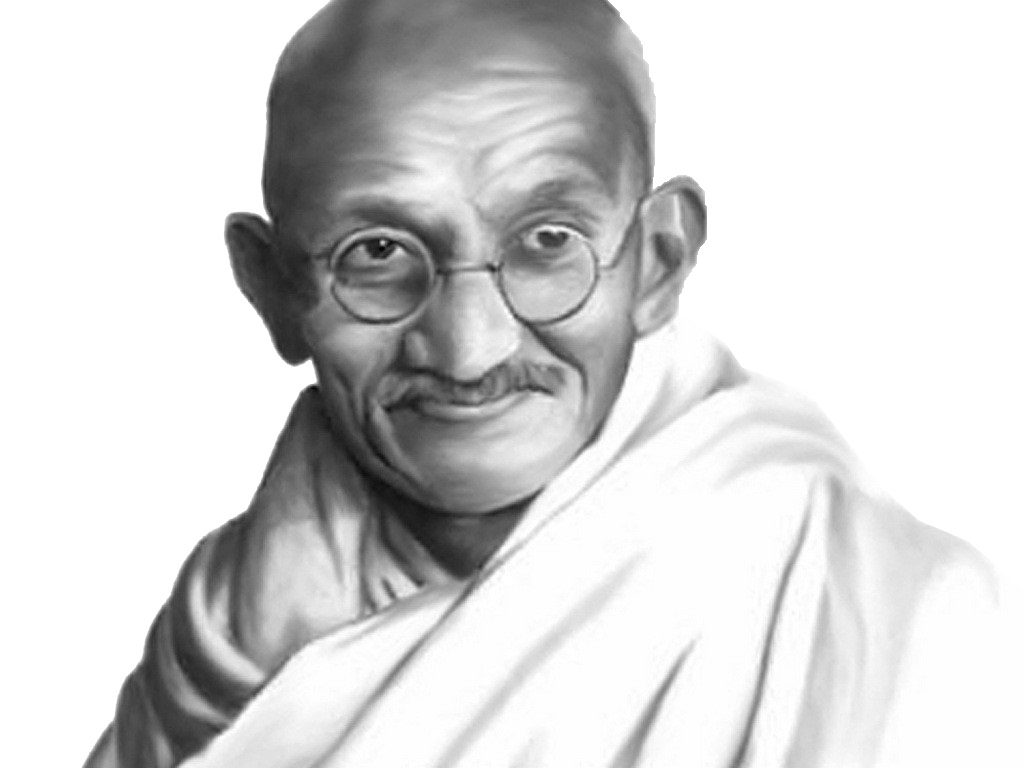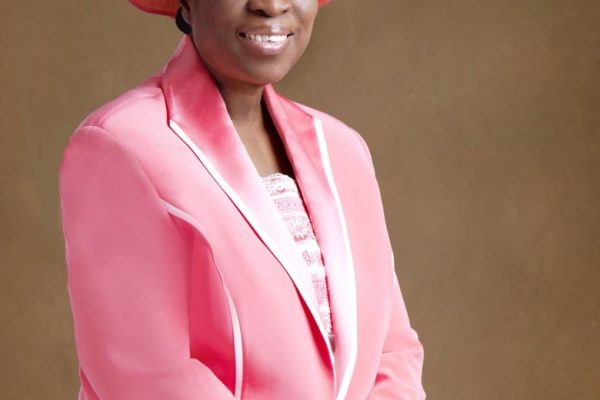Welcome to a thrilling journey through the world of Christianity in art and culture, where the divine meets the delightful.
In this whimsical yet informative article, we’ll explore how artists across the ages have celebrated God’s gifts through their masterful creations. Prepare to be captivated by the harmony of faith and creativity, as we delve into the depths of religious art, architecture, music, and literature.
Artistic Expressions of Faith: A Heavenly Symphony
Artists have always found inspiration in the divine, and Christianity has been a prominent source of creative expression. Let’s take a glimpse at the most remarkable forms of artistic representation of faith.
- Divine Brushstrokes: Religious Paintings
Christianity has given birth to some of the most iconic paintings in art history. From Leonardo da Vinci’s “The Last Supper” to Michelangelo’s awe-inspiring frescoes in the Sistine Chapel, these works of art have withstood the test of time, leaving an indelible mark on our cultural heritage.
- Heavenly Architecture: Cathedrals and Churches
When it comes to architectural marvels, Christian cathedrals and churches reign supreme. These majestic structures are not just places of worship but also showcases of incredible craftsmanship.
The Notre-Dame Cathedral in Paris and the Sagrada Familia in Barcelona stand as testaments to the unwavering devotion of their creators.
- Hymns from Above: Sacred Music
Music, they say, is the language of the soul. In Christianity, sacred music has played a crucial role in enriching worship experiences. From the timeless compositions of Johann Sebastian Bach to the soul-stirring hymns of Handel’s “Messiah,” the divine echoes through every note.
- Divine Tales: Religious Literature
Christianity has inspired countless literary works, ranging from epic poems to profound allegories. John Milton’s “Paradise Lost” takes us on a poetic journey through the fall of man, while C.S. Lewis’s “The Chronicles of Narnia” invites readers into a captivating world filled with Christian symbolism.
Art Transcending Time: The Historical Journey
To truly appreciate the impact of Christianity in art and culture, we must embark on a historical voyage that spans centuries.
- The Renaissance: A Divine Rebirth
The Renaissance was a period of profound transformation in art and culture, and Christianity was at the heart of it all. Artists like Raphael and Botticelli infused their works with religious themes, ushering in an era of divine revival.
- The Baroque: An Extravaganza of Faith
The Baroque period embraced the grandeur and drama of Christianity. Caravaggio’s use of chiaroscuro in religious paintings created an intense emotional experience for viewers, while Bernini’s sculptures left spectators in awe of their lifelike qualities.
- The Romantic Era: Embracing the Sublime
In the Romantic era, artists explored the depths of spirituality and nature’s connection to the divine. Painters like William Blake and Caspar David Friedrich used symbolism to convey spiritual messages in their works, leaving us with a sense of wonder and introspection.
- Modernism and Beyond: Challenging Traditions
As time marched on, modernism challenged traditional religious norms in art. Artists like Marc Chagall brought fresh perspectives to religious paintings, infusing them with vivid colors and dreamlike imagery that defied convention.
Navigating the Intersection: Christianity, Culture, and Controversy
While Christianity in art and culture has mostly been a harmonious affair, it hasn’t been without its controversies.
- Iconoclasm: The Clash of Beliefs
During the Byzantine Empire, iconoclasm emerged as a divisive issue. Some believed that religious icons should be revered, while others deemed them idolatrous, leading to fierce debates and even violence.
- Censorship and Scandal: The Battle of Artistic Freedom
Certain Christian artworks faced censorship and scandal, as they pushed the boundaries of what was considered acceptable. Salvador Dali’s “The Christ of Saint John of the Cross” caused a stir due to its unconventional portrayal of Christ on the cross.
Embracing Diversity: Christianity in Global Art and Culture
Christianity’s influence on art and culture isn’t confined to the Western world. Let’s explore how different cultures have embraced and reinterpreted Christianity in their artistic expressions.
- The Ethiopian Christian Art: A Distinctive Aesthetic
Ethiopian Christian art boasts a unique style with intricate geometrical patterns and vibrant colors. Manuscripts and religious paintings from Ethiopia exhibit a rich cultural heritage that sets them apart from Western Christian art.
- The Asian Perspective: Harmonizing Traditions
In Asian countries like India and Japan, Christianity harmoniously integrates with local traditions. The fusion of artistic styles is evident in religious art, where Christian themes blend seamlessly with indigenous elements.
Final Thoughts: A Timeless Ode to Divine Inspiration
As we conclude our artistic expedition through Christianity in art and culture, we’re left in awe of the timeless creations that celebrate God’s gifts. From the soaring cathedrals to the tender brushstrokes of religious paintings, every artistic endeavor reflects the eternal bond between faith and creativity.
So, next time you visit a museum or gaze upon a stunning piece of religious art, remember the rich tapestry of history, diversity, and devotion woven together in a grand symphony of creativity—a symphony that continues to enthrall and inspire us across the ages.
Let us revel in the shared marvels of our cultural heritage, and may the divine spark of creativity continue to illuminate the world through the kaleidoscope of Christianity in art and culture.









Leave a Reply